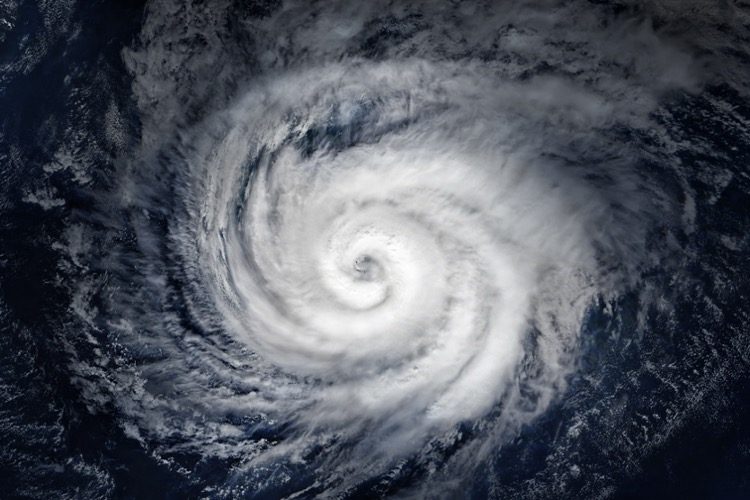
Another weather prediction from so-called climate expert Michael E. Mann was spectacularly wrong. In April, the climate scientist predicted an incredible 33 named storms — ”the highest count ever predicted” — for the Atlantic hurricane season. With December 1 came the end of of the 2024 season, and only 18 named storms, far short of Mann’s prediction of 33.
In the world of climate zealotry, few of the alleged climate experts are more annoying and full of their own version of virtue than climatologist and geophysicist Michael Mann of the University of Pennsylvania. Mann’s infamous “hockey stick graph” featured prominently in Al Gore’s An Inconvenient Truth in 2006.
Climate realist Steve Milloy said of Mann’s failed hurricane prediction on X: “Hurricane season ends, leaving egg on the face of stolen valor, fake Nobelist @MichaelEMann. Climate hoaxer Mann sensationally predicted 33 named storms — “the highest count ever predicted.” There were only 18. Mann actually achieved the “wrongest count ever predicted.”
Mann smugly predicted the busiest hurricane season ever and was wrong — incredibly wrong — yet, he will still expect people to listen to him as a soothsayer for the climate-hysteria movement. When such an icon of the climate-change movement experiences such a colossal failure such as Mann’s hurricane prediction, isn’t it fair to ask exactly what happened?
The Excuses
While Mann offered many excuses for his failed hurricane prediction, none of them inferred that climate change might not be as big an existential threat as many claim.
For one thing, Mann complained that he and his team were not the only ones to predict an extremely active hurricane season.
“Our team was among several groups that predicted an extremely active season, with named storm counts in the mid 20s to low 30s,” Mann wrote in a November 26 blog post. “These forecasts were driven by the favorable climate factors that were at play, i.e. record tropical Atlantic warmth and a transition underway from El Niño toward La Niña conditions. Both factors favor active Atlantic hurricane seasons, as they are associated with a thermodynamically favorable, low-shear environment that is conducive to tropical cyclogenesis. Previous recent years with this combination of factors, 2005 and 2020, were associated with record numbers of named storms (28 and 30 respectively). With record warmth in the main development region (“MDR”) for Atlantic tropical cyclones going into this year’s season, our statistical modeling approach predicted between 27 and 39 storms, with a most likely estimate of 33 named storms.”
Mann speculated further on the reason for his falure: “What might have gone wrong here? There are a couple confounding factors that are likely at work here. The hurricane season was unusually quiet during July and August when seasonal activity is typically ramping up. The season picked up considerably in September however. In fact, there were nearly as many named storms (13 — or 14 if one includes “potential cyclone eight”) during September-November as during the record-active years of 2005 and 2020 (16 named storms in both cases).“
Busted
Unfortunately for Mann and his crew, El Niño and La Niña didn’t unfold as predicted. Even Mann admitted that his prediction was, in fact “busted.”
So, Mann’s view is that he wasn’t really wrong at all, just mistaken on the timing about when the season would become active.
“So there’s no real discrepancy when it comes to the latter half of the season. It was basically as active as predicted,” Mann argued. “The puzzle is why July and August were so quiet despite clearly favorable seasonal large-scale climate conditions.”
Existential Threat
Despite the failure, Mann warns that climate change is very much still the existential threat he and other climate zealots keep telling us that it is.
“And while in this case we’re talking about impacts that were reduced relative to what had been predicted, there could well be far more unpleasant surprises in the greenhouse. It’s unwise, in short, to tinker with a system you don’t entirely understand,” Mann wrote. “Particularly when our entire civilization is at stake.”
Only a climate zealot of the highest order would have the temerity to continue to warn us of a threat to our civilization on the heels of such a collossal failure. Mann’s meaning is clear. To paraphrase, he’s telling us that despite this prediction miss, he’s still right about climate change in the end, and we just need to trust him.




